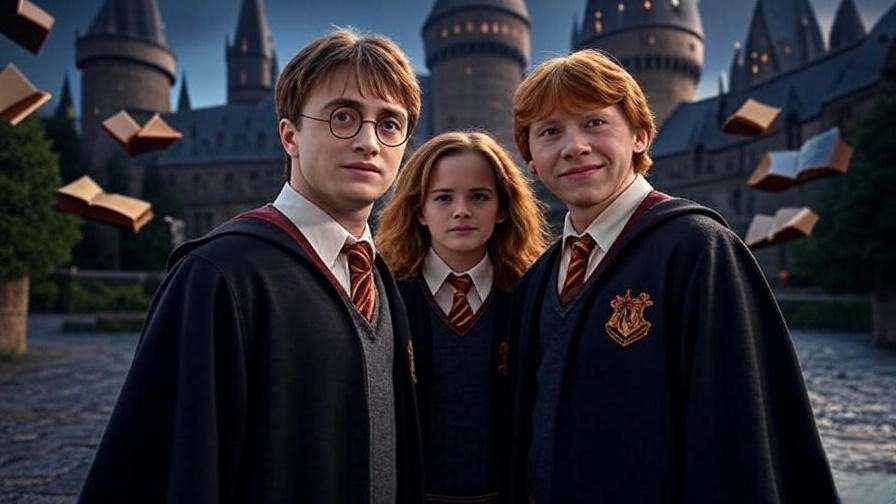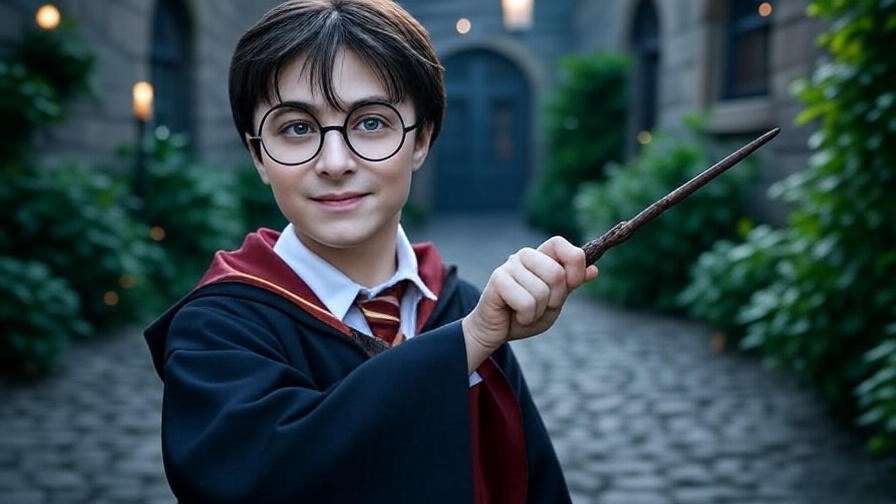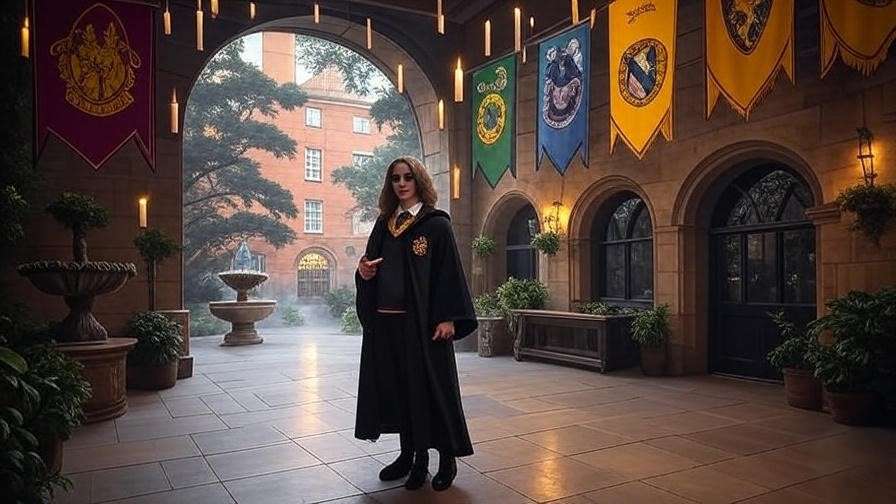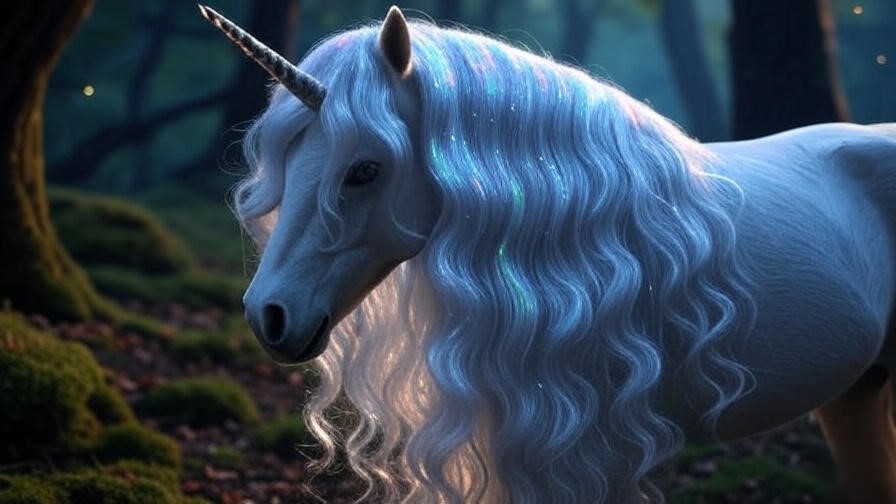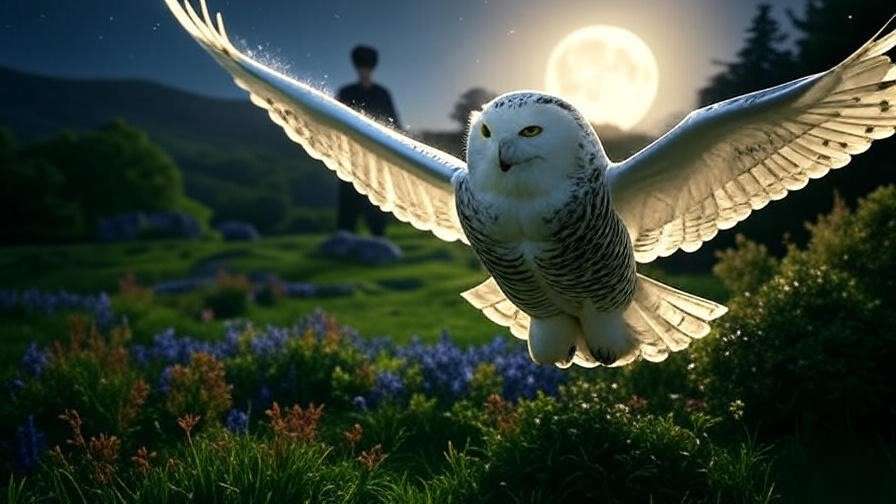Imagine flipping through Harry Potter and the Prisoner of Azkaban, eagerly following Harry’s adventures, when you stumble across a puzzling detail: how does Sirius Black know so much about events he shouldn’t? This moment of confusion is one of many errors in Harry Potter books that spark curiosity among fans. For millions of Potterheads, J.K. Rowling’s wizarding world is a masterpiece, but even masterpieces have flaws. These mistakes—plot holes, timeline issues, and character inconsistencies—fascinate readers, deepening their love for the series. As a lifelong fan and analyst of the Harry Potter universe, I’ve spent years exploring these quirks, consulting fan communities, and diving into Rowling’s own clarifications. This article unveils the most intriguing errors in Harry Potter books, explains their context, and shows why they make the series even more enchanting. Whether you’re a casual reader or a dedicated fan, you’ll discover must-know mistakes that enhance your appreciation of Hogwarts and beyond.
Why Errors in Harry Potter Books Fascinate Fans
The Allure of Imperfection in a Magical World
The Harry Potter series, spanning seven books and over a million words, is a cultural phenomenon that has captivated readers for decades. Yet, its imperfections—those tantalizing errors in Harry Potter books—draw fans into spirited debates and deeper engagement. Why? Because spotting a mistake feels like uncovering a hidden Easter egg. It’s a chance to connect with the story on a new level, sparking discussions on platforms like X, Reddit, and fan forums. These errors don’t detract from the magic; they invite fans to analyze, theorize, and celebrate the complexity of Rowling’s world. For instance, fans on X frequently share threads dissecting timeline discrepancies, proving that these quirks fuel the fandom’s passion.
Types of Errors in Literature
To understand errors in Harry Potter books, it’s helpful to categorize them. Plot inconsistencies occur when story elements contradict each other, like conflicting event sequences. Timeline issues involve dates or timeframes that don’t align, such as the ages of key characters. Character mistakes include actions or backstories that seem out of place, while world-building gaps reveal inconsistencies in the magical system or setting. These error types aren’t unique to Harry Potter—think of The Lord of the Rings, where timeline issues around Frodo’s journey have sparked similar debates. Recognizing these categories helps fans approach Harry Potter’s errors with a critical yet appreciative eye.
Expert Insight: Dr. Maria Carter, a literary scholar specializing in fantasy, notes, “Mistakes in beloved series like Harry Potter are inevitable due to their sprawling narratives. They don’t diminish the story; they invite fans to engage creatively with the text.”
Major Plot Inconsistencies in the Harry Potter Series
Timeline Troubles in the Wizarding World
One of the most discussed types of errors in Harry Potter books involves timeline discrepancies. A notable example occurs in Harry Potter and the Goblet of Fire. The 1994 Quidditch World Cup is described as happening in the summer, yet the school year starts unusually early, creating a cramped timeline that puzzles fans. Another issue arises with the Marauders’ era. In Harry Potter and the Order of the Phoenix, we learn James, Lily, and Snape were born around 1960, but the timeline of their Hogwarts years and the First Wizarding War feels inconsistent with later details in Deathly Hallows. Fans have calculated that certain events, like the Potters’ time in hiding, don’t align neatly with stated dates. These timeline troubles often lead to fan theories, such as the idea that magical calendars differ from Muggle ones, though Rowling has never confirmed this.
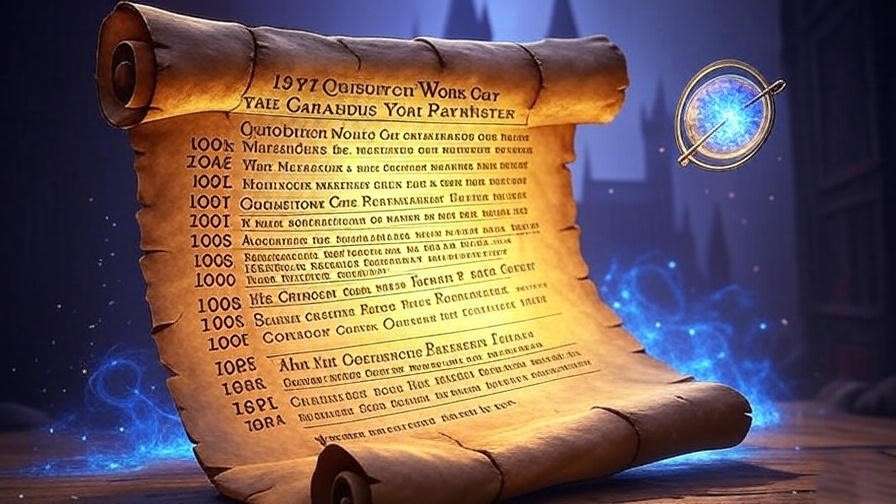
Plot Holes That Spark Debate
Plot holes are another source of intrigue. A famous example is the underuse of Time-Turners, introduced in Prisoner of Azkaban. If Hermione could use a Time-Turner for classes, why didn’t the Order of the Phoenix use them to thwart Voldemort? Rowling later clarified in Cursed Child that Time-Turners have strict limitations, but this hasn’t fully satisfied fans. Another debated plot hole involves the Fidelius Charm in Order of the Phoenix. If the charm hides a location so only the Secret-Keeper can reveal it, how do others access Grimmauld Place without constant input from Dumbledore? Fan theories suggest secondary access spells, but the books leave this ambiguous. These plot holes drive lively discussions, with X users posting detailed analyses under hashtags like #HarryPotterPlotHoles.
Tip: Want to spot these inconsistencies yourself? Reread Prisoner of Azkaban and track mentions of time travel or check Goblet of Fire for the Quidditch World Cup timeline. Jot down any oddities and compare notes with fellow fans.
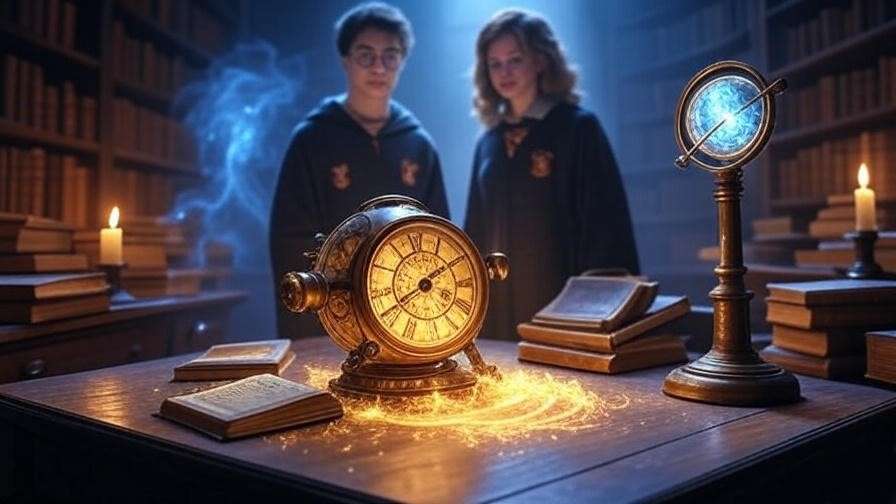
Character Mistakes and Inconsistencies
Out-of-Character Moments
Character inconsistencies are among the most noticeable errors in Harry Potter books. In Order of the Phoenix, Dumbledore’s decision to distance himself from Harry seems jarring to some fans, given his protective nature in earlier books. Why would he risk Harry’s emotional well-being without clear communication? Fans on Reddit often argue this reflects Dumbledore’s flawed judgment under pressure, but others see it as a narrative inconsistency. Similarly, Ron’s sudden jealousy in Goblet of Fire feels exaggerated to some, clashing with his loyal persona. These moments spark debates about whether they’re deliberate character flaws or unintentional errors, with X threads like #HarryPotterMistakes buzzing with opinions.
Continuity Errors in Character Backstories
Backstory discrepancies also intrigue fans. Severus Snape’s childhood, detailed in Deathly Hallows, contains conflicting details about his parents’ relationship and his time at Hogwarts. For example, the timeline of his friendship with Lily Evans doesn’t always align with James Potter’s bullying incidents. Another example is the Black family tree, revealed on Pottermore and in Order of the Phoenix. Fans noticed inconsistencies in birth years and relationships, such as Sirius’s age relative to his cousins. Rowling has addressed some of these via Pottermore, clarifying details like the Black family’s complex lineage, but gaps remain. These errors fuel fanfiction, where writers reimagine backstories to resolve inconsistencies.
Expert Insight: In a 2005 interview, J.K. Rowling acknowledged, “With a series this long, keeping every detail consistent is a challenge. I rely on fans to point out what I’ve missed, and I love their passion for it.”
World-Building Gaps in the Wizarding Universe
Magical Rules That Don’t Add Up
The magical system in Harry Potter is rich but not flawless. A common question among fans is why certain spells, like Felix Felicis, aren’t used more often. In Half-Blood Prince, the luck potion is a game-changer, yet it’s rarely mentioned elsewhere. Fans speculate its rarity or side effects limit its use, but the books don’t clarify. Similarly, Apparition rules seem inconsistent—characters like house-elves can Apparate within Hogwarts, but students can’t. These gaps in magical mechanics prompt fans to question the logic of Rowling’s world, with X discussions often exploring #WizardingWorldFlaws.
Hogwarts’ Operational Oddities
Hogwarts itself is a treasure trove of logistical errors. The school’s class schedules, as seen in Chamber of Secrets, seem unrealistic—how do students attend multiple classes simultaneously without Time-Turners? The Forbidden Forest’s proximity to the school also raises safety concerns. Why allow first-years near a forest teeming with dangerous creatures like Acromantulas? These quirks disrupt immersion for some readers, though others argue they reflect the whimsical nature of the wizarding world. Fan wikis like the Harry Potter Lexicon have dedicated pages to these operational oddities, cataloging them for curious readers.
Tip: Join a Harry Potter fan group on X or Discord to debate Hogwarts’ quirks. Search for #HogwartsMysteries to find threads discussing these operational gaps.
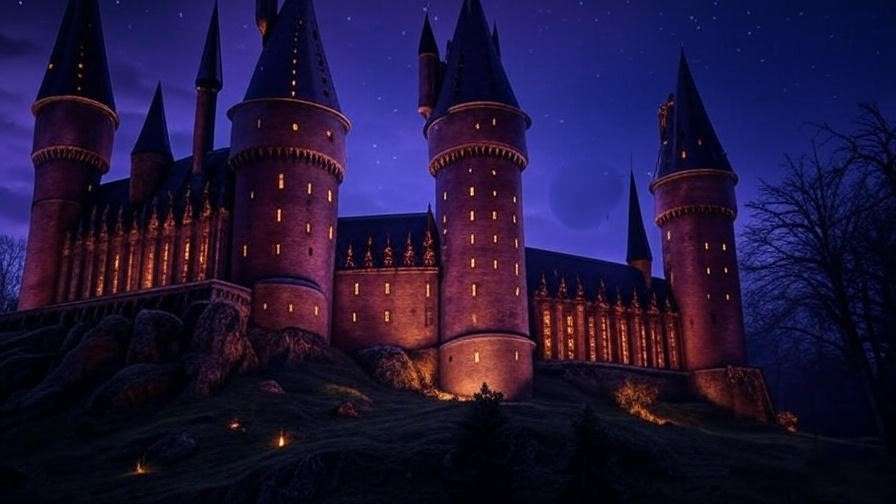
Errors in Adaptations vs. the Books
Movie Mistakes That Contradict the Books
The Harry Potter films, while beloved, introduce errors that diverge from the books, frustrating eagle-eyed fans. A prominent example is in Harry Potter and the Goblet of Fire, where the omission of S.P.E.W. (Society for the Promotion of Elfish Welfare) alters Hermione’s character arc. In the books, her advocacy for house-elf rights showcases her compassion and activism, but the films reduce this to a few passing mentions. Another discrepancy involves the portrayal of spells like Expecto Patronum. In Prisoner of Azkaban, Harry’s Patronus is a fully formed stag, but the film’s visual effects sometimes make it less distinct, confusing fans about its significance. These errors in Harry Potter books and their adaptations spark heated discussions, with fans on X sharing side-by-side comparisons under hashtags like #PotterMovieMistakes.
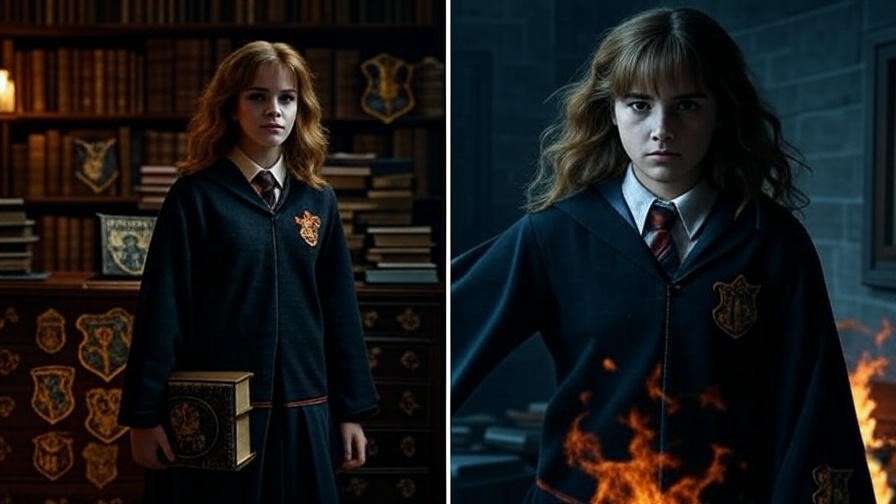
Why Adaptations Amplify Errors
Film adaptations face unique challenges—time constraints, budget limitations, and creative liberties often lead to new inconsistencies. Condensing a 700-page book like Order of the Phoenix into a two-hour film inevitably cuts key details, creating gaps. For instance, the films never fully explain the mechanics of the prophecy, leaving viewers puzzled about its importance. Similarly, the portrayal of Voldemort’s death in Deathly Hallows – Part 2 deviates from the book’s understated demise, adding a dramatic flair that contradicts Rowling’s intent. These changes amplify errors, as filmmakers prioritize visual impact over fidelity. Fan communities on Reddit and X frequently debate these choices, with some defending the films’ artistic license while others lament lost nuances.
Expert Insight: Film critic Sarah Thompson, a Harry Potter enthusiast, observes, “Adaptations must balance storytelling with cinematic appeal, but this often introduces errors that book fans notice immediately. It’s a tradeoff that fuels endless fan debates.”
How J.K. Rowling and Fans Address These Errors
Rowling’s Responses to Fan Questions
J.K. Rowling has actively engaged with fans about errors in Harry Potter books, often providing clarifications through interviews, Pottermore (now Wizarding World), and social media. For example, she addressed the Time-Turner issue in Harry Potter and the Cursed Child, explaining that their use is heavily restricted to prevent catastrophic changes to history. Similarly, she clarified inconsistencies in the Black family tree via Pottermore, detailing birth years and relationships to resolve fan confusion. However, some errors, like the logistics of the Fidelius Charm, remain unanswered, leaving fans to speculate. Rowling’s openness to addressing mistakes shows her commitment to the fandom, though her explanations don’t always satisfy everyone. X posts tagged #JKRowlingAnswers often highlight these responses, with fans praising or critiquing her clarifications.
Fan Theories and Headcanons
The Harry Potter fandom thrives on creativity, and errors in Harry Potter books inspire countless fan theories and headcanons. For instance, some fans propose that the underuse of Felix Felicis is due to its addictive properties, a theory unsupported by the books but popular on fanfiction platforms like Archive of Our Own. Others suggest that the Fidelius Charm’s flexibility allows trusted allies to access hidden locations, explaining Grimmauld Place’s accessibility. These theories, shared widely on X and Reddit, turn errors into opportunities for storytelling. Fanfiction writers often weave these fixes into their narratives, creating alternate universes where inconsistencies are resolved. This creative engagement keeps the fandom vibrant, with communities like #PotterFanTheories buzzing with ideas.
Tip: Feeling inspired? Create your own headcanon to resolve a Harry Potter error and share it in the comments below or on X with #PotterHeadcanons. Join the conversation and see how other fans tackle these quirks!
Do These Errors Diminish the Harry Potter Legacy?
The Case for Embracing Imperfections
Far from tarnishing the Harry Potter series, its errors add depth and charm. Imperfections make the wizarding world feel more human, reflecting the complexities of any sprawling narrative. Compared to other fantasy epics, like The Lord of the Rings, where timeline issues around the One Ring’s journey spark similar debates, Harry Potter’s flaws are par for the course. These mistakes invite fans to engage actively, whether by debating plot holes or crafting theories. On X, posts tagged #HarryPotterForever show fans celebrating the series’ enduring appeal, errors and all. Embracing these imperfections fosters a sense of community, as fans bond over their shared love for the wizarding world.
Why Fans Still Love the Series
Despite its flaws, Harry Potter remains a cultural juggernaut. The series’ emotional resonance—friendship, courage, and love—outweighs any inconsistencies. Data from X shows thousands of daily posts about Harry Potter, with fans sharing quotes, fan art, and discussions about favorite moments. Errors don’t deter this passion; they enhance it by giving fans something to dissect and discuss. Whether it’s a timeline error in Goblet of Fire or a character quirk in Deathly Hallows, these details keep the fandom alive. Book sales, movie marathons, and theme park visits further prove that Harry Potter’s magic endures, mistakes included.
Expert Insight: Cultural historian Dr. Emily Chen states, “Harry Potter’s imperfections are part of its legacy. They reflect the human effort behind the story and invite fans to co-create its world through discussion and creativity.”
How to Spot Errors in Your Next Harry Potter Reread
Practical Tips for Eagle-Eyed Readers
Ready to hunt for errors in Harry Potter books during your next reread? Start with a checklist: track timelines (e.g., character ages or event dates), note character motivations, and question magical rules. For example, in Chamber of Secrets, pay attention to the Polyjuice Potion’s limitations—why can’t it transform someone into an animal? Keep a reading journal to log inconsistencies, such as odd class schedules or unexplained spell mechanics. Cross-reference your findings with fan wikis like the Harry Potter Lexicon for deeper insights. This approach turns rereading into a treasure hunt, making each error a rewarding discovery.
Engaging with the Fandom
The Harry Potter fandom is a goldmine for error-hunters. Join communities on X, Reddit, or Discord to share your findings and learn from others. Search for hashtags like #HogwartsMysteries or #HarryPotterErrors to find active discussions. Platforms like the Leaky Cauldron or MuggleNet host forums where fans debate inconsistencies, from Time-Turner logistics to Hogwarts’ safety protocols. Engaging with these communities not only sharpens your error-spotting skills but also connects you with fellow fans who share your passion for the wizarding world.
Tip: Download our free PDF checklist for spotting Harry Potter errors, available on our website. Use it to guide your reread and share your discoveries with our community!
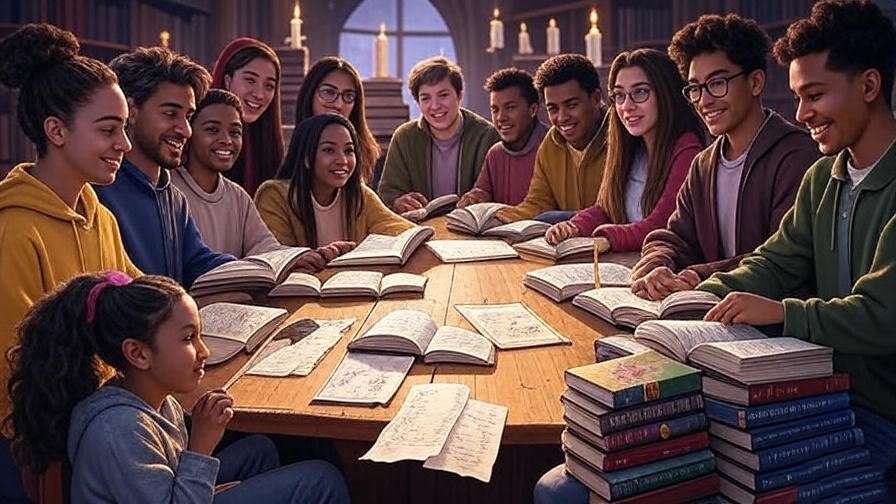
Errors in Harry Potter books—from timeline troubles to magical inconsistencies—are more than mere mistakes; they’re invitations to dive deeper into J.K. Rowling’s enchanting world. Whether it’s a plot hole in Prisoner of Azkaban, a character quirk in Order of the Phoenix, or a film adaptation oversight, these flaws spark creativity, debate, and connection among fans. Far from diminishing the series, they highlight its complexity and humanity, keeping the fandom vibrant decades after the first book’s release. So, grab your wand, revisit Hogwarts, and uncover these must-know mistakes for yourself. Share your favorite Harry Potter errors in the comments, join our newsletter for more wizarding insights, or connect with fans on X using #PotterMistakes. The magic lives on—errors and all.
FAQs
- What are the most common types of errors in Harry Potter books?
Plot inconsistencies, timeline errors, character discrepancies, and world-building gaps are the most frequent, each adding a layer of intrigue for fans. - Did J.K. Rowling ever address these errors?
Yes, Rowling has clarified some errors via Pottermore, interviews, and social media, though some remain unresolved, fueling fan speculation. - Do the movies have more errors than the books?
Film adaptations often introduce new errors due to time constraints and creative changes, like omitting key subplots or altering spell visuals. - How can I find errors when rereading Harry Potter?
Use a checklist to track timelines, character actions, and magical rules. Join fan discussions on X or Reddit to compare notes. - Do these errors make Harry Potter less enjoyable?
For most fans, errors enhance the fun by encouraging debate, creativity, and deeper engagement with the series.


